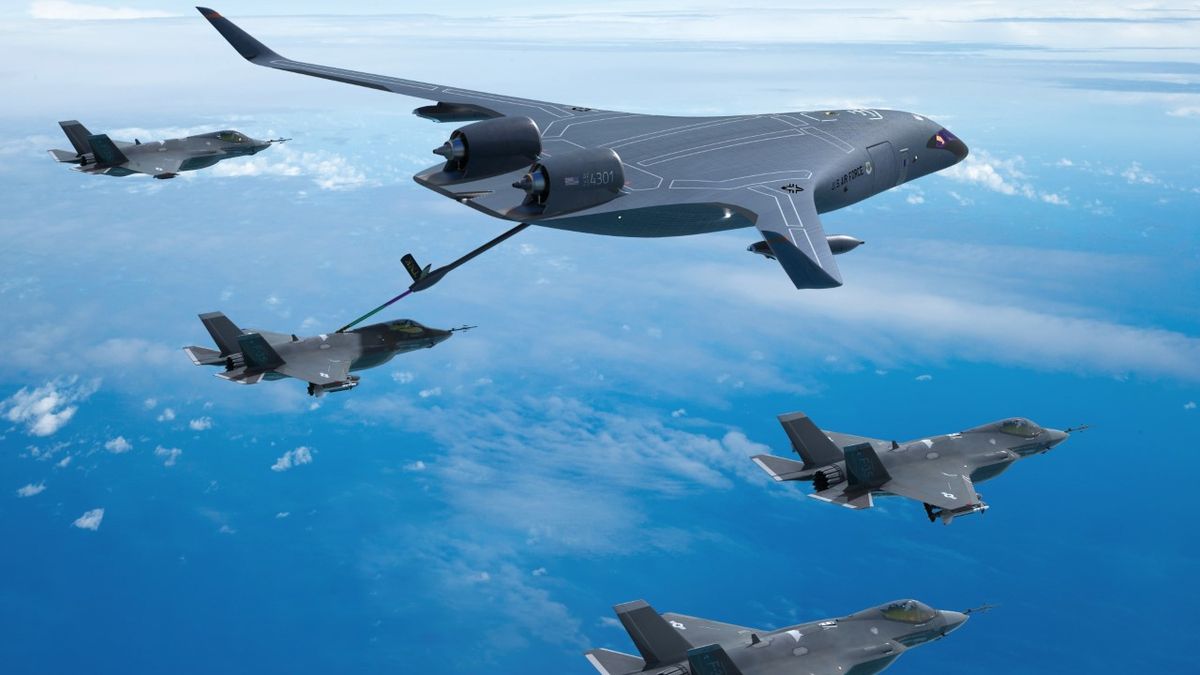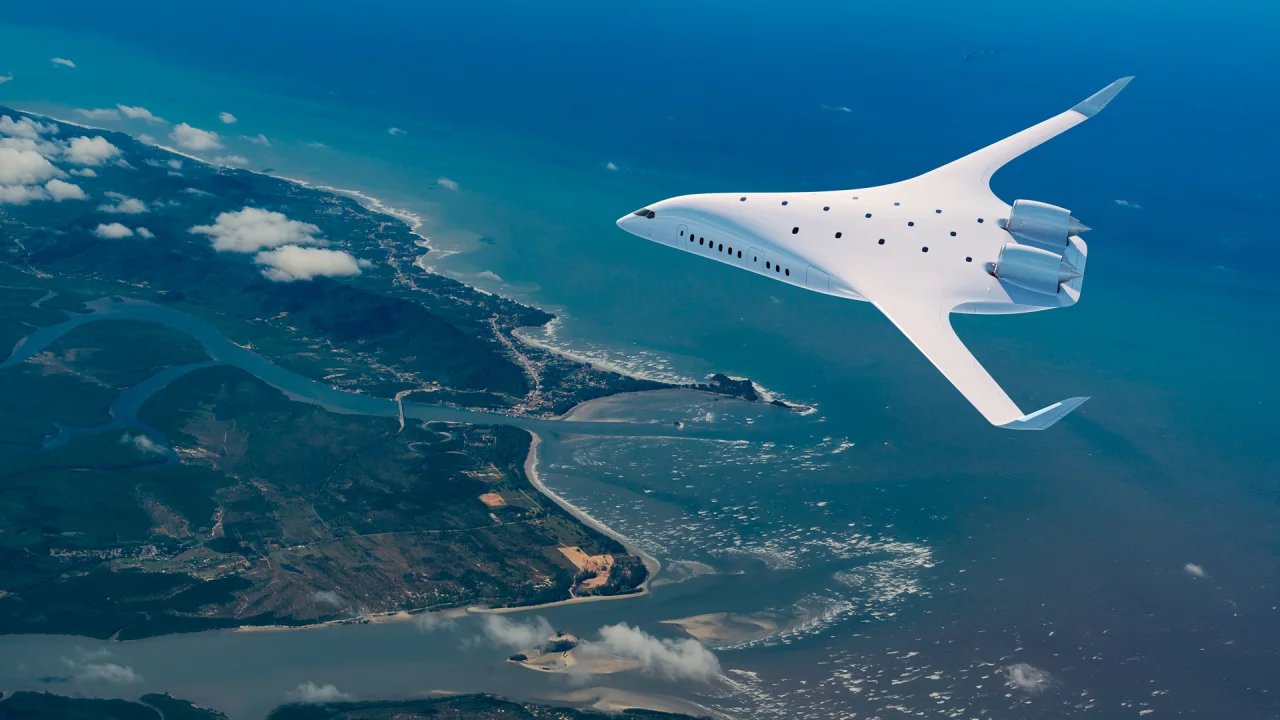JetZero will build a prototype mixed wing aircraft for the U.S. Air Force that could potentially replace the KC-46 Pegasus, Lockheed C-5 and C-17 Globemaster III

Aerospace startup JetZero will build a prototype of a mixed-wing aircraft for the US Air Force by 2027. It will be based on the Z-5 airframe.
Here's What We Know
The US Air Force is preparing for a new milestone in aircraft design. Increased range will improve lethality, while fuel efficiency will conserve resources and allow more combat sorties. Ravi Chaudhary, assistant secretary of the Air Force for energy, facilities and environment, said.
Last year, service officials described the blended-wing design as one of the most impressive possibilities for future aircraft. The approach involves abandoning the traditional tubular fuselage.

The Z-5 looks a bit like the B-2 Spirit nuclear bomber. If tests are successful, the US Air Force is prepared to consider it as a replacement for the KC-46 Pegasus aerial refuelling tanker, as well as the Lockheed C-5 and C-17 Globemaster III transport aircraft.
A joint venture between JetZero and Northrop Grumman received $40 million in government funds to develop the Z-5 in 2023. The U.S. Air Force intends to invest another $235 million in the project over the next three years. The company also plans to attract private investment.
JetZero announced work on the Z-5 back in May of this year. Then it was said that the new aircraft will be a replacement for the Boeing 767 and will be able to carry at least 250 passengers. It will have a range of more than 9200 kilometres.

The mixed wing design implies the use of a wide and flat fuselage. This is why the Z-5 resembles a B-2 stealth bomber more than any of the existing passenger aircraft. Also in this scheme, there is no clear dividing line that separates the hull from the wing.
The flat fuselage stands out for its increased lift compared to the traditional tubular shape. This requires a wing with a large surface area. At the same time, aerodynamic stability allows the tail wing to be dispensed with. This reduces drag and aircraft weight.
Source: Defence News